There Prunella vulgaris is a plant belonging to the family of Lamiaceae. In many texts it is indicated with the synonym of Brunella vulgarisbut vulgarly it is called simply prunella or brunella. It is a very common small plant in our country, spread from sea level to the mountains, in grassy places, along roads and even in the woods. It is a plant known for its medicinal properties and which has always been used in folk medicine. In addition, its seeds are readily available, so it can be grown in the garden as a flowering border plant.
With this article, let’s get to know the characteristics and properties.
The regional names of Prunella vulgaris
The prunella has many local names, among the most curious are: prunela and grass of the mirlitta in Piedmont, weed from sores And brunela in Lombardy, brunella grass in Veneto, urtiga smesdga And basal etc. in Emilia-Romagna, blackberry herb in Tuscany, brattolica female in Abruzzo, brunedda in Sicily.
Description of the prunella
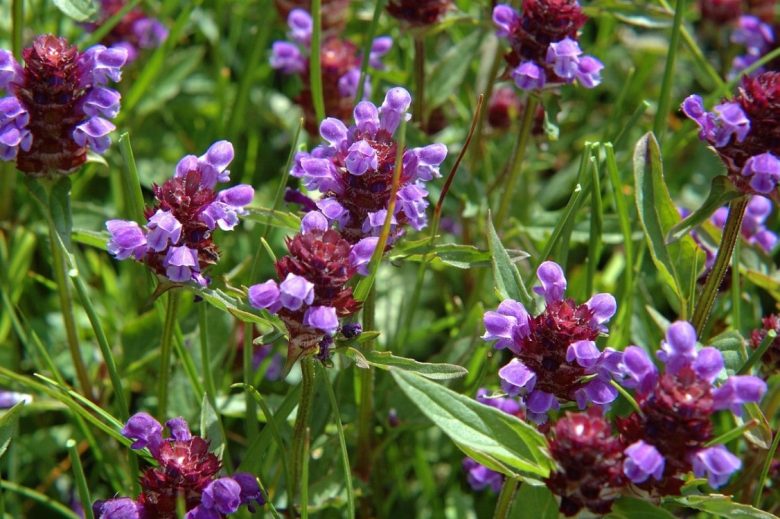
There Prunella vulgaris is a perennial species, with the biological form of scapose hemicryptophyte, that is a plant with a rhizome with wintering buds placed at ground level. The rhizome is short and creeping, from this numerous stems start which are lying on the ground in the first portion and rooting at the nodes, then they become curved, ascending and erect. These stems, up to 50 cm high, are simple and not very branched. Due to these characteristics, prunella creates intense formations.
Leaves
The leaves of the prunella are opposite two by two, oval-oblong in shape, with a not very long petiole. This, flat or grooved in the upper part, widens at the base to become semi-amplessicaule. In the upper leaves it is reduced, while it is completely absent in the last pair under the inflorescence. The margin is whole or slightly toothed, the surface is hairless or slightly hairy in plants growing in arid places.
Flowers
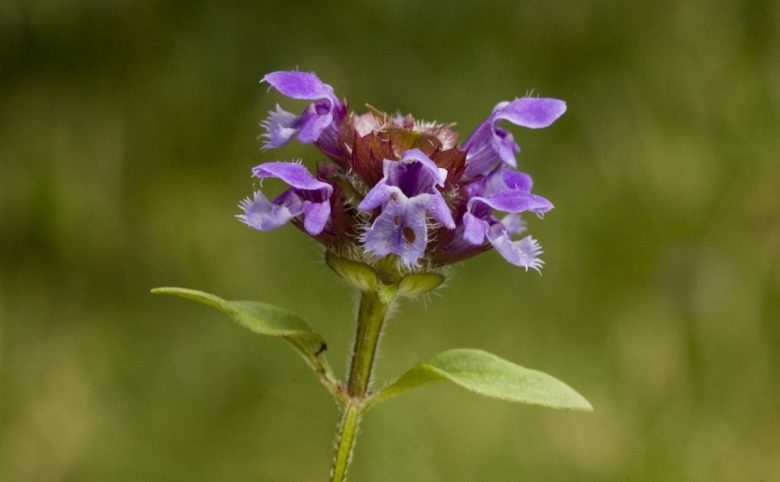
The flowers of the Prunella vulgaris they are very showy, with a purplish-brownish color, hence the name brunella. They are gathered in a dense and oval-shaped spike that becomes cylindrical during flowering. Each flower has a sub-round bract at the base. The chalice, hairy, is tubular and divided into two lips: the lower one is in turn divided into two small teeth, the upper one is trilobed. The corolla is also tubular and with two lips: the upper is shaped like a helmet and hairy, the lower has a large median lobe and two small lateral ones.
Flowering is prolonged and occurs from spring to autumn.
Fruits
The fruit is composed of four sub-oval achenes placed at the bottom of the persistent calyx.
How to grow prunella
The prunella is a perfect plant for creating a flowering border in the garden. However, it is advisable to choose a sunny position or, at least, in partial shade. Consider that it is a perennial plant, so dedicate a corner of your garden to it. Cultivation in pots does not allow a satisfactory development.
The plant multiplies easily from seed (seeds yes found in specialized stores). There sowing technique it is broadcasting and is practiced by mixing the seeds with sand. The ideal time to sow it is early spring. It is also necessary prepare the ground in time, making sure that the first few centimeters of soil are soft. There is no need for basic fertilization. Once established, the brunella does not need particular care, with irrigation limited to the summer period only, in case of persistent drought.
It is quite competitive with the others wild herbsso i weeding works they will be limited to initial growth.
The collection of Prunella vulgaris
In herbal medicine the flowering tops of the prunella are used, to be harvested in full summer bloom, when the concentration of active ingredients is maximum. For harvesting, the plant is cut at the base and the dry leaves and hardened parts are eliminated. The parts obtained, on the other hand, are arranged in thin layers and are dried in the shade, in an airy place. Storage can be done in simple paper bags.
Active ingredients and properties of Prunella vulgaris
The active ingredients contained in the Prunella vulgaris they are: an acid saposonide, tannins, resins, bitter substances.
At the prunella properties are attributed: alterative, antibacterial, antipyretic, antiseptic, antispasmodic, astringent, carminative, diuretic, febrifuge, hypotensive, stomachic, haemostatic, tonic, vermifuge and vulnerary.
Indications
The prunella is a small plant that has a specific use as an astringent. It is used for inflammation and external trauma. In folk medicine it was used to quickly heal wounds and ulcers. For this purpose today it is used above all as an emergency detergent and disinfectant, on small cuts and bruises, at the same time curbing small hemorrhages. Another use is to promote the regression of inflammation and small ulcerations of the gums and mucous membranes of the mouth and throat. This indication also applies to intimate areas.
Domestic use of Prunella vulgaris
To take advantage of the properties of prunella in the home, we advise you to prepare an infusion with 5 g of dry plant in 100 ml of water. This infusion is indicated for redness of the mucous membranes of the mouth and throat, of the skin and intimate areas. It is used for washing, rinsing, gargling, partial baths and soaked compresses.

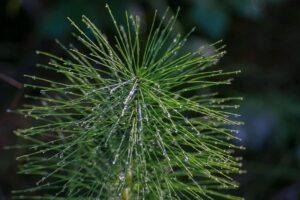
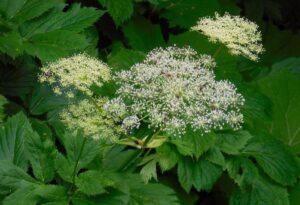
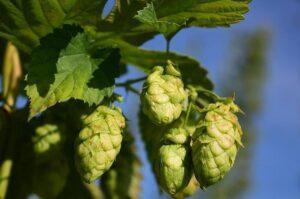
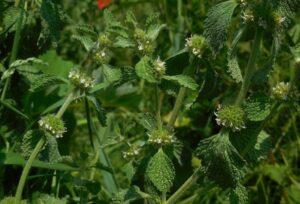
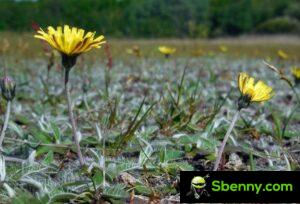
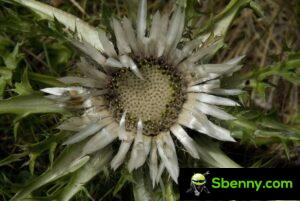
Start a new Thread